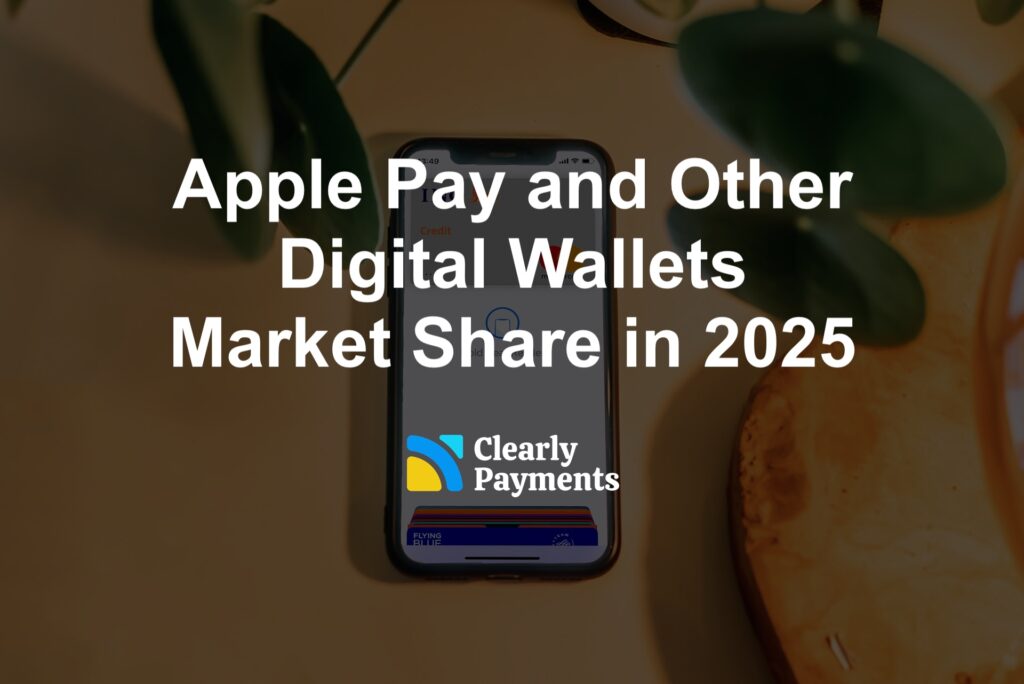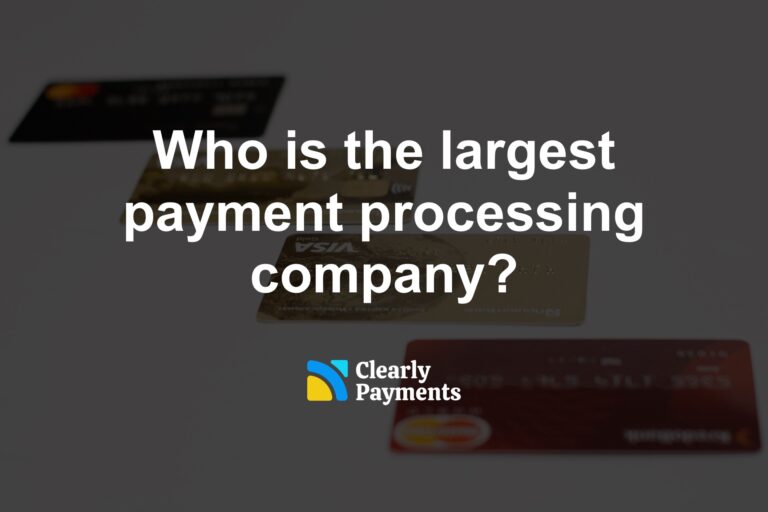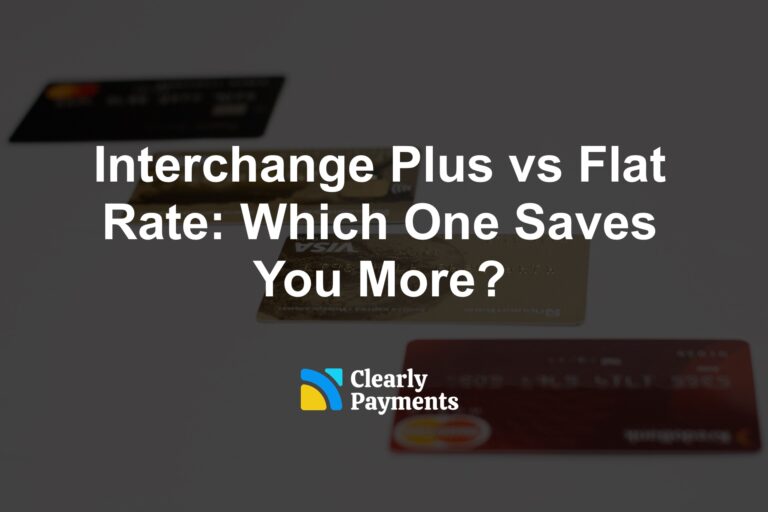In 2025, digital wallets aren’t just a payment option — they’re the preferred way to pay for millions worldwide. More than 5.2 billion people now use digital wallets, accounting for over 60% of global e-commerce transactions. Apple Pay has surged ahead as a dominant player, processing an estimated $10 trillion annually, while competitors like Google Pay, PayPal, and regional giants such as Alipay and WeChat Pay continue to expand their reach.
For merchants, keeping up with the trends help them ensure a good payment experience. With four out of five smartphone users now opting for mobile payments over traditional cards, businesses that fail to support digital wallets risk losing sales and customer loyalty.
Apple Pay's Growth to Leadership
Apple Pay has experienced remarkable growth since its inception. As of 2024, it boasts an estimated 60.2 million users in the United States alone, with projections indicating that over 75 million consumers will utilize Apple Pay by 2030.
Globally, Apple Pay processed a total of $6 trillion in payments in 2022, generating a revenue of $1.9 billion. This surge is attributed to its seamless integration across Apple devices and a strong emphasis on security and user privacy. Notably, Apple Pay is the most popular digital wallet, commanding a 92% market share in the United States.
| Category | 2025 Apple Pay Statistics |
|---|---|
| Global Transaction Volume | $10 trillion annually (estimated) |
| U.S. Market Share | 92% of all mobile wallet transactions |
| Number of Users (U.S.) | 63.9 million |
| Percentage of U.S. Population | 22.3% |
| Number of Users (Global) | 640 million |
| Projected Global Users by 2030 | Over 750 million |
| Apple Pay’s Share of Card Transactions | 10% of all global card transactions |
| Revenue from Apple Pay | $1.9 billion annually |
| Growth in Merchant Adoption | 85% of U.S. retailers now accept Apple Pay |
| Most Common Apple Pay Transactions | Grocery, fast food, and gas station purchases |
| Contactless Payment Growth | Apple Pay transactions growing 2x faster than chip card payments |
Global Trends in Digital Wallets
The adoption of digital wallets varies across regions, influenced by local payment infrastructures and consumer behaviors.
Canada: In 2024, a survey commissioned by Interac Corp. revealed that 69% of Gen Z Canadian adults (ages 18-27) have adopted mobile wallets for their transactions. This rate surpasses other generations, with Millennials at 60%, Gen X at 44%, and Baby Boomers at 27%. Additionally, Interac reported a 27% increase in Interac Debit mobile contactless payments during the first half of 2024 compared to the same period in 2023, largely driven by Gen Z’s digital-first habits.
United States: As of 2020, approximately 15.85% of U.S. smartphone owners utilized proximity mobile payment services. The most common in-store mobile payment method was barcode or QR code scanning, with 15% of customers using tap-to-pay options at checkout. North American Millennials (28%) and high-income households (42%) were the largest adopters of contactless payments, using them at least once a week.Brazil: The country’s instant payment system, Pix, launched by the Central Bank in 2020, is projected to surpass credit cards in the online purchasing market by 2025. Studies anticipate that Pix will capture 44% of the online payment market, while credit cards are expected to hold 41%. This shift is driven by Pix’s free and instant transactions, promoting financial inclusion for over 70 million Brazilians.
India: The digital payment landscape is poised for expansion, especially with platforms like WhatsApp receiving clearance to offer payment services to all users, potentially reaching over 500 million individuals. This development is expected to drive a digital payment boom, further integrating digital wallets into daily transactions.
Mobile Wallet Competitive Landscape
While Apple Pay leads in market share, other digital wallets continue to maintain significant user bases and are implementing strategies to enhance their offerings:
PayPal: Despite facing intense competition, PayPal’s branded payment volume grew by 6% over the past year, outperforming several of its largest users. Analysts suggest that concerns over PayPal losing market share to competitors like Apple Pay may be overstated.
Block (formerly Square): Operating through its point-of-sale system, Square, and the Cash App digital wallet, Block is projected to experience a 32% increase in stock value, partly due to its involvement in Bitcoin mining. This diversification indicates a strategic move to capitalize on emerging financial technologies.Google Pay: As a major player in the digital wallet sector, Google Pay, along with Apple Pay, collectively accounts for over 35% of mobile wallet transactions worldwide.
Alipay and WeChat Pay: Dominating the Chinese market, these platforms hold a combined share of over 90% in the local digital wallet sector, reflecting their deep integration into China’s financial ecosystem.- Klarna: In Europe, Klarna has rapidly expanded, capturing 12% of the market. Its growth is attributed to its “buy now, pay later” services, appealing to a broad consumer base.
- Revolut: This fintech startup has seen a 30% increase in user counts in 2023, indicating its rising influence in the digital wallet market.
- MetaMask: Reflecting the growing influence of cryptocurrencies, MetaMask holds 5% of the global digital wallet market, serving as a gateway for users engaging in crypto transactions.
Implications for Merchants
For merchants, the evolving digital wallet ecosystem presents both opportunities and challenges:
Enhanced Customer Experience: Integrating popular digital wallets like Apple Pay can streamline the checkout process, offering customers a quick and secure payment method.
Increased Sales Potential: With a significant portion of consumers adopting digital wallets, accommodating these payment preferences can lead to higher conversion rates and customer satisfaction.
Security Considerations: Digital wallets often incorporate advanced security features, such as tokenization and biometric authentication, reducing the risk of fraud and chargebacks for merchants.
Regional Adaptation: Understanding regional payment trends, such as the rise of Pix in Brazil or WhatsApp payments in India, allows merchants to tailor their payment options to local consumer behaviors.
To ensure seamless digital wallet acceptance, merchants should work with a payment processor that supports a wide range of mobile wallets, including Apple Pay, Google Pay, PayPal, and regional solutions like Alipay or Pix.
Providers like Clearly Payments offer the infrastructure needed to accept multiple payment methods, enabling merchants to cater to diverse customer preferences while maintaining smooth transaction processing. Selecting a payment processor that prioritizes digital wallet integration can improve checkout efficiency, reduce cart abandonment, and future-proof a business against shifting payment trends.




